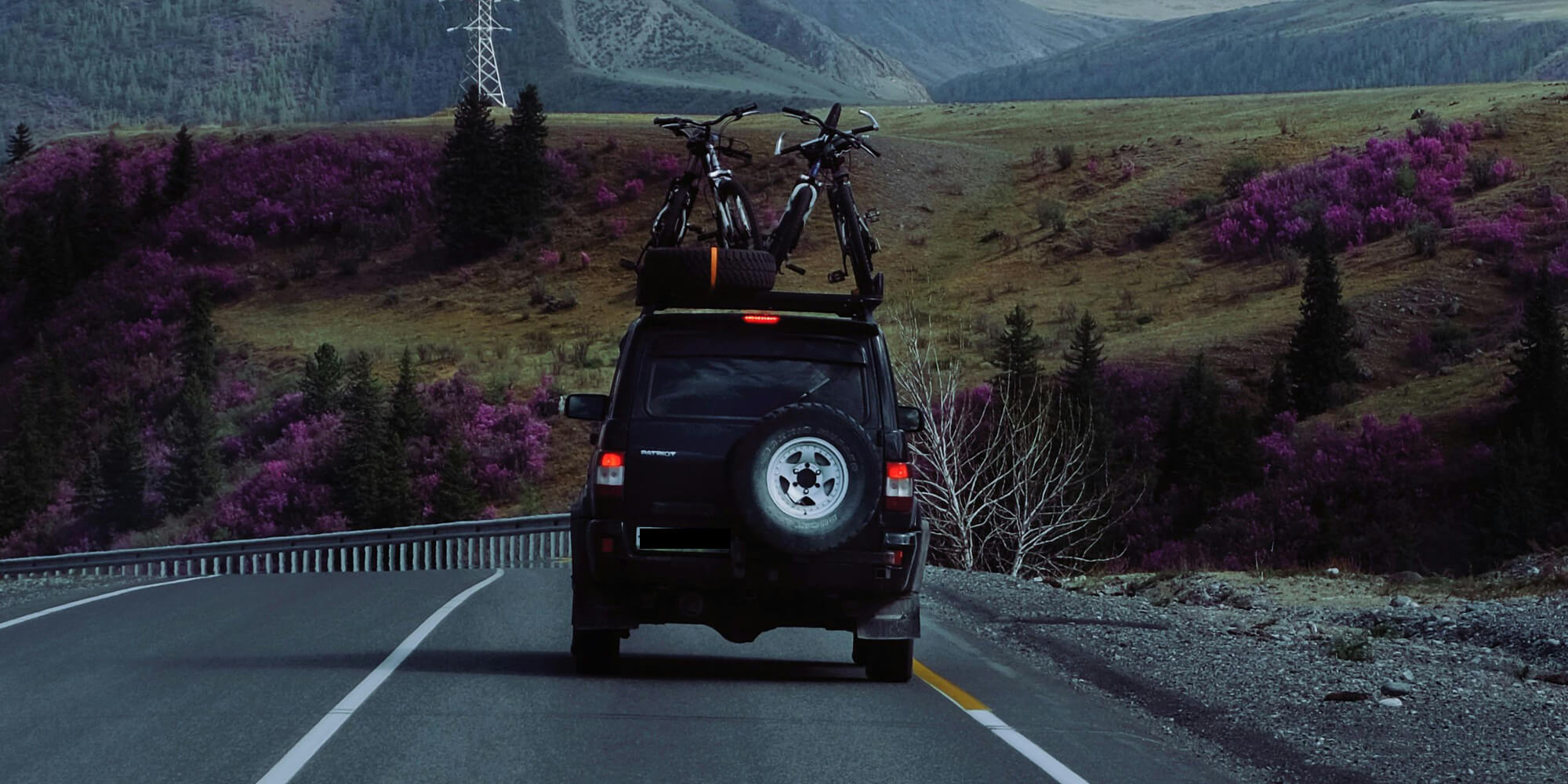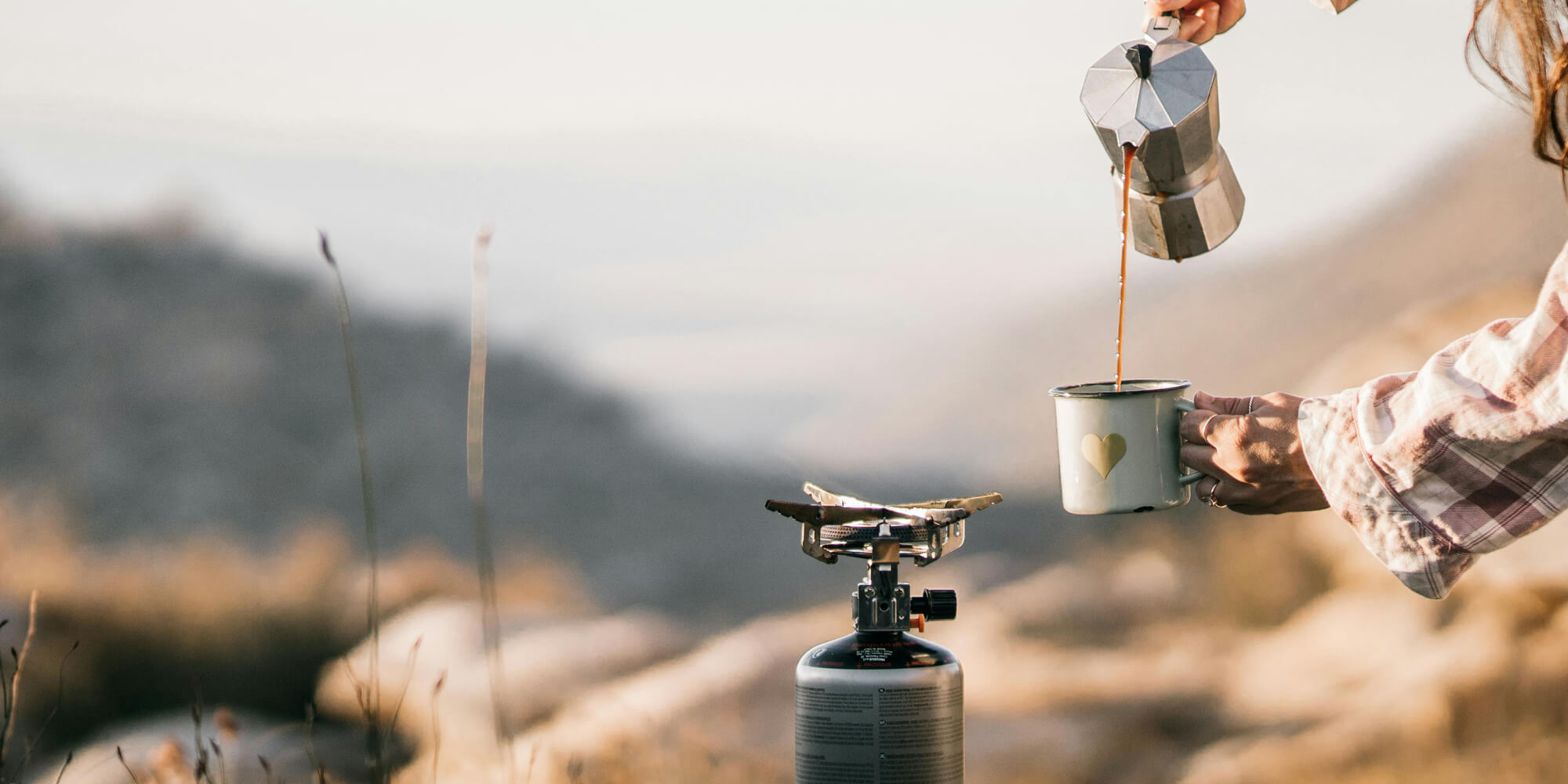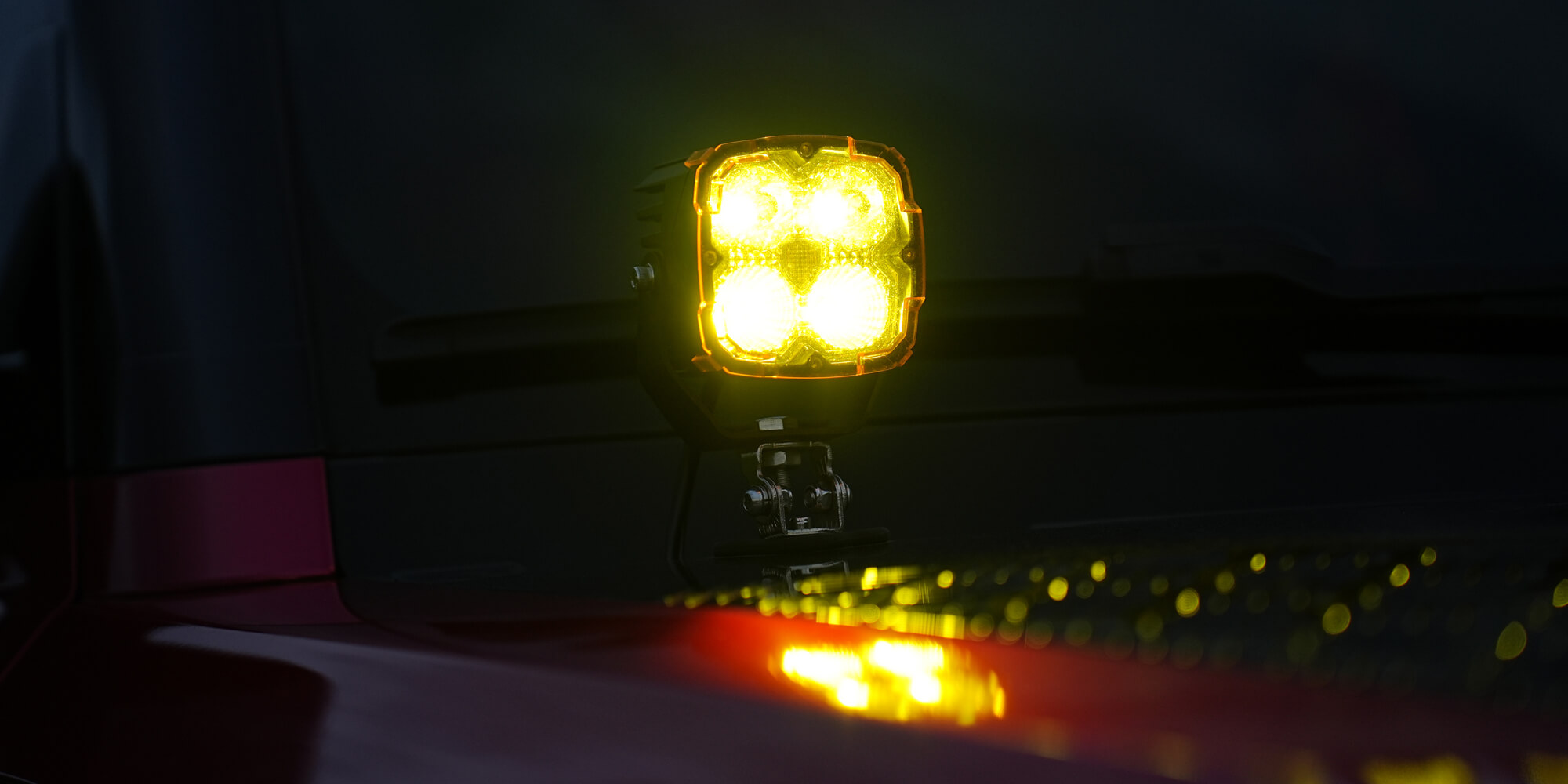A beginner’s guide to essential camping equipment
Embarking on a camping adventure requires more than just a love for the great outdoors; it demands the right gear to ensure comfort, safety, and a seamless experience. From a sturdy tent to reliable cooking tools, each piece of camping equipment plays a crucial role in making your camping trip enjoyable and stress-free. In this guide, we’ll delve into the essential gear every camper should have, helping you prepare for everything from setting up camp to cooking under the stars. Whether you’re a seasoned explorer or a first-time camper, this list will help you get ready for your next outdoor escape.
1. Roof Rack
Absolutely, a roof rack is a game-changer for camping trips. A roof rack enhances your camping experience by expanding your vehicle’s storage capacity, keeping gear organized, and making your trips more comfortable and efficient. By placing larger or bulkier items like tents, sleeping bags, and camping gear on the roof, you keep your interior less cluttered and more comfortable. Roof racks help distribute weight more evenly across your vehicle, which can improve stability and handling, especially when driving on uneven or off-road terrain.

Choosing a good roof rack involves considering the following factors.
-Ensure the rack fits your vehicle’s make and model. Check for specific mounting options and any required adapters.
-Opt for durable materials like aluminum or steel, which can withstand rough conditions and resist corrosion.
-Look for racks that are easy to install and remove, especially if you plan to switch between different setups.
-Choose a rack with versatile mounting options for different types of gear, such as bike mounts, cargo boxes, or kayak carriers.
2. Camping Stove
A camping stove is essential because it allows you to cook meals and boil water in the great outdoors. It provides a reliable and controlled source of heat, making meal preparation easier and more convenient compared to cooking over an open fire. This is especially important in areas with fire restrictions or when you need to cook in inclement weather. A camping stove also offers the ability to prepare a variety of foods and ensures you have hot meals and drinks while camping.

Here’s a guide to help you select the right one:
-Select the right stove type. Canister stoves, liquid fuel stoves, wood-burning stoves, and alcohol stoves are normal types on the market. They are different in weight, burning source, and cooking time.
-Fuel Efficiency. Check how long the stove can burn on a single fuel canister or tank. Efficient stoves use less fuel and are better for extended trips. Measured in BTUs (British Thermal Units), higher BTUs mean faster boiling times. Ensure the stove’s output matches your cooking needs.
-Ease of Use. Look for stoves with built-in igniters to avoid carrying matches or lighters. Some stoves require manual ignition, which can be less convenient. A stove with precise flame control allows for better cooking and simmering options, which is essential for preparing various types of meals.
-Ease of Cleaning. Choose a stove that is easy to clean and maintain. Removable parts and non-stick surfaces can make cleaning up after meals easier.
-Safety Features. Ensure the stove has a stable base or supports to prevent tipping. This is especially important when cooking on uneven ground. Look for features that allow you to control the flame and ensure it’s easy to extinguish when needed.
3. Off-road Light
They enhance visibility on rugged, unlit terrain. They illuminate the path ahead, making it easier to navigate obstacles, spot potential hazards, and drive safely in low-light conditions. High-quality off-road lights improve your ability to see at night or in poor weather, ultimately boosting your confidence and safety during challenging adventures.

Here’s a guide to help you select the best off-road light for your needs.
-Type of Light. LED Lights: Energy-efficient, long-lasting, and produce bright, clear light. They are the most popular choice for off-roading due to their durability and performance. Halogen Lights: Generally cheaper but less efficient and shorter-lived compared to LEDs. They provide a warmer light but consume more power. HID (High-Intensity Discharge) Lights: Very bright and offer excellent illumination but can be more expensive and require a ballast.
-Light Output. Brightness: Measured in lumens. Higher lumens mean brighter light. Choose lights that provide ample illumination for off-road conditions, typically ranging from 1,000 to over 10,000 lumens. Beam Pattern: Consider the beam pattern (spot, flood, or combo). Spot beams focus light in a narrow area for long-distance visibility, while flood beams cover a wider area for short-range illumination. A combination beam offers the best of both worlds.
-Durability. Build Quality: Look for lights made from high-quality materials such as aluminum or reinforced polycarbonate, which can withstand harsh conditions. Waterproof and Dustproof: Ensure the light has a high IP (Ingress Protection) rating, ideally IP67 or higher, to resist water, dust, and other environmental factors.
-Mounting Options. Mounting Brackets: Choose lights with sturdy and adjustable mounting brackets that fit your vehicle. Ensure they can be securely attached to your bumper, roof rack, or other suitable locations. Adjustability: Some lights offer adjustable mounts or swivel capabilities, allowing you to direct the light where you need it most.
-Color Temperature. Light Color: Measured in Kelvins (K). Cooler color temperatures (5,000K-6,000K) produce a daylight-like white light that enhances visibility and contrast, while warmer temperatures (3,000K) can reduce glare and improve visibility in foggy conditions.
Fotizoace LED Off-Road Lights are on sale. Over 12 years of industry experience and offers a 5-year warranty. We guarantee a lifespan of over 60000 hours on Fotizoace’s LED off-road lamps.
√ 8000 lumens, very bright, and high performance
√ Top-level IP68 waterproof grade
√ Easy and no damage installation, comes with mounting bracket
√ Adjustable bracket to different lighting angels
√ 6500K white and 3000K amber light
4. A Set Of Tools

A camping tool set should include:
Multi-tool: For versatility in handling various tasks.
Knife: A sturdy, sharp knife for cutting and food preparation.
Campfire Tools: Firestarter, tongs, and a small shovel for managing the campfire.
Repair Kit: Patches and adhesive for tent or gear repairs.
Screwdriver Set: Both flathead and Phillips for assembling or fixing gear.
Pliers: Useful for gripping and adjusting.
Wrenches: For tightening or loosening bolts on equipment.
Small Hammer or Mallet: For tent stakes and minor repairs.
First-Aid Kit: Essential for treating minor injuries and emergencies.
Flashlight or Headlamp: For visibility and convenience at night.
This set will cover most basic needs and emergency situations while camping.
With the right gear in hand, your camping adventure can transform from a simple getaway into a memorable experience filled with comfort and ease. By investing in essential items like a quality tent, reliable auxiliary lighting, and practical tools, you set yourself up for a smoother, more enjoyable time in the great outdoors. As you prepare for your next trip, remember that having the right equipment not only enhances your comfort but also ensures safety and convenience. Equip yourself well, and you’ll be ready to embrace the beauty of nature and the joy of camping with confidence.
